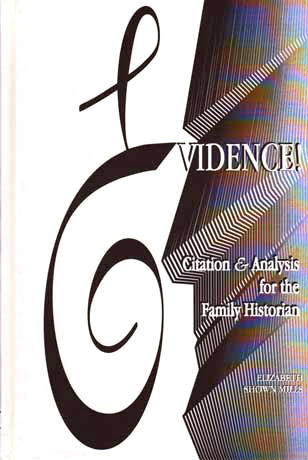Many years ago, when Google was still an Internet infant and AltaVista ruled the search world, I wrote a guide book to using search engines and maximizing the quality of search results. I included a chapter called the SAR Loop. SAR stands for search, analyze and revise. The idea was to help researchers understand and appreciate the value of analyzing search results in order to fine tune and improve their search queries. Run a search, analyze the results, then run a revised search. The concept extends well to all types of research. In genealogy, analyzing documents, census records, court reports, or any other result from one’s research is a critical element of success.
 In Evidence!: Citation & Analysis for the Family Historian, author Elizabeth Shown Mills discusses the value of analysis in research. According to Mills, ” Successful research—research that yields correct information with a minimum of wasted time and funds—depends upon a sound analysis of evidence.” She views research, evidence, citation, and analysis as inseparable. I happen to agree. Evidence is the result of research. Evidence must hold up to the scrutiny of analysis and this can only be done when evidence is properly cited.
In Evidence!: Citation & Analysis for the Family Historian, author Elizabeth Shown Mills discusses the value of analysis in research. According to Mills, ” Successful research—research that yields correct information with a minimum of wasted time and funds—depends upon a sound analysis of evidence.” She views research, evidence, citation, and analysis as inseparable. I happen to agree. Evidence is the result of research. Evidence must hold up to the scrutiny of analysis and this can only be done when evidence is properly cited.
In a previous blog, I reviewed another Elizabeth Mills book, Evidence Explained: Citing History Sources from Artifacts to Cyberspace. Sometimes called the bible of citation, Evidence Explained educates the reader on successful citation practices and covers just about every type of evidence one may ever need to cite. Evidence! covers citation in brief, but also covers analysis. Together, the two books make great companions.
Table of Contents
Introduction
Part 1
Fundamentals of citation
Fundamentals of analysis
Part 2
Citation formats
Appendixes
Sample: documented family group sheets
Sample: documented ancestor chart
Guidelines for citing credentials
Bibliography
Index
For a copy of Evidence!: Citation & Analysis for the Family Historian please visit Family Roots Publishing; Item #: GPC3846.